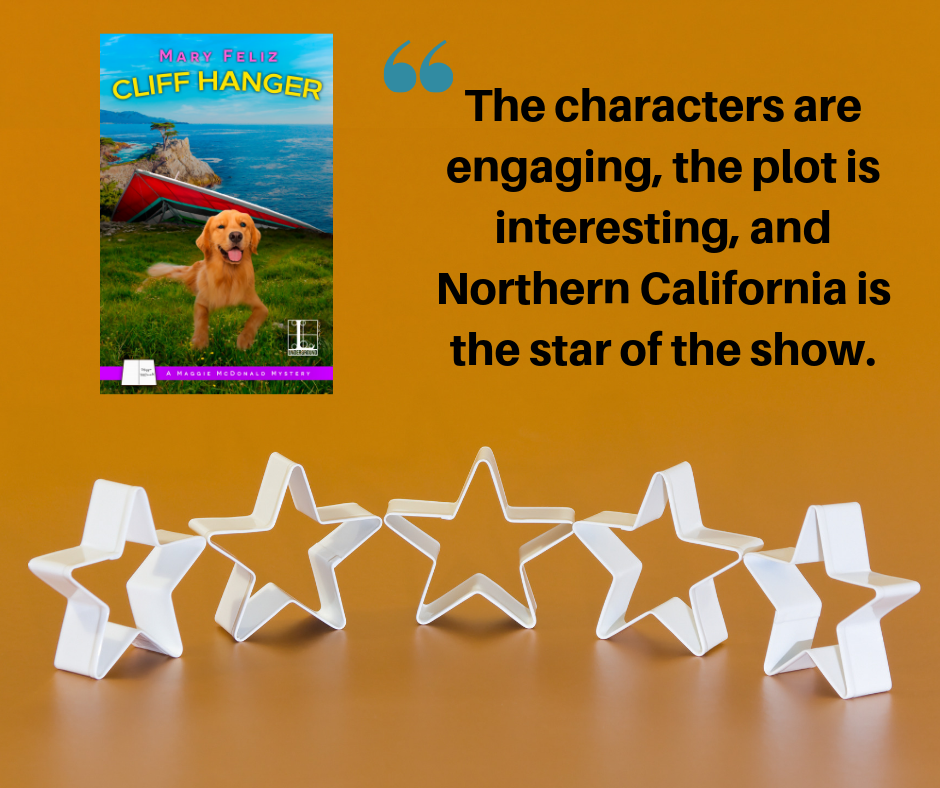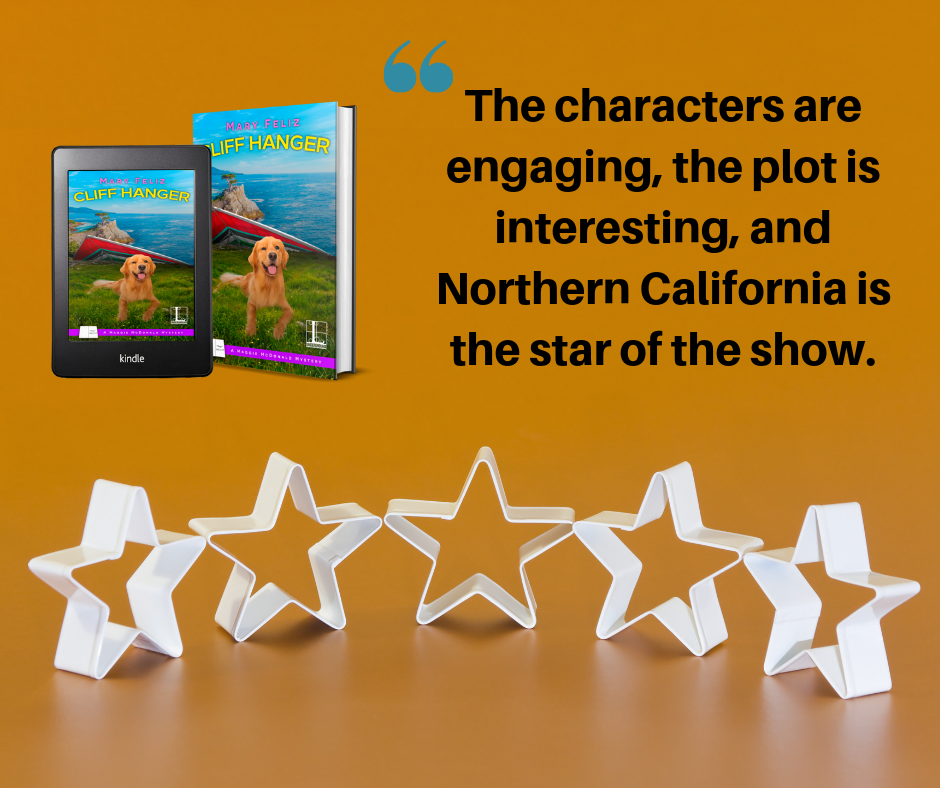5 Tools to Make Your Platform and Promotions Look Professional
If you’re bored by your own book promotions, you’re doing it wrong.
I like a professional look and find design fun, but my design skills and experience are meagre. That means I’m apt to waste a lot of time doing it.
I don’t have professional training, but I cut my teeth on early desk-top design programs. In the olden days, I used various Adobe tools like PageMaker, InDesign, and Photoshop to create graphics. When I used them all the time and could buy the software outright, those programs were worth their steep price tags. In the last several years, Adobe has moved to a subscription model that prices its software out of reach of most authors, particularly those who are inexperienced designers who don’t need or want overwhelmingly powerful tools.
Luckily, lots of smaller companies leapt into the breach and offer tailored tools for writers that make it easier than ever to develop high-impact promotions to punch up your social media. But how can you make sense of them all? Trial and error is the only way that has worked for me. Other people’s recommendations are going to rely on very subjective criteria like personal budget, skills, objectives, and esthetic preferences. For what it’s worth, here are a few tools that work well for me and might be worth checking out. (Warning: None of the examples I show here are perfect design. But they are decent representations of what a novice can do quickly with online software.)
At the very least, they’ll give you some idea of what’s out there and may help you define criteria for selecting tools that will help build your author platform.
5 tools I use regularly as an author:
1) Book Brush: A new favorite
Book Brush offers easy-to-use professional looking templates for still images and videos. They have a very limited free service that is, essentially, a bait and switch come-on to get you to buy their paid service. But the free program is worth trying. If it suits your needs, great. If not, their paid service is moderately priced at $8 per month.
What I like: There’s not much tinkering you can do with their templates, so it saves me time. I’m tireless when it comes to tweaking images and layouts. It also offers more 3-D options than other programs.
What I don’t like: Their very limited free service.
Here’s a Twitter post I made with Book Brush…
2) Canva: Reliable and flexible
Canva is design software nearly as flexible as professional software. Use their stock images and templates to get going quickly, or tailor your own images with your own photos or paid stock photos. The free version is robust. The paid version is just under $10 per month.
What I like: Lots of templates. Flexibility to work with outside photos. Ability to tailor images for various social media uses (Facebook and Twitter headers and posts, Instagram, Pinterest, etc.)
What I don’t like: It can be a little fiddly. And there are so many options it’s easy to get overwhelmed. In other words, a time sink. If you want a 3-D image of your book, you’ll need to make it outside Canva and import it.
Here’s a promotion I made with Canva. It should have taken about 10 minutes, but I spent 30. It would have taken longer if I weren’t so familiar with the program.
3) 3D Mockups Essential
This online service takes your 2D book cover and pops it onto stock templates (jpg or png) of hardcovers, paperbacks, phones, readers, and tablets. If you’re working with Canva or another layout program that doesn’t create 3D images, this service is a must.
What I like: Free. Easy. Fast.
What I don’t like: It’s so simple, there’s nothing to dislike.
Below are two images made with Canva, demonstrating the difference a 3D image can make:
4) iStock photo Pricy, but worth investigating
We all know that we can’t just pull photos off the internet and use them in our promotions and blogs, right? Images are the creative work of artists like us. We need to respect their legal rights.
For that reason, and the fact that I distrust sites offering free images, I subscribe to iStock photo. There are other stock photo houses with smaller price tags, but I like the quality, breadth, and search function in the iStock data base. Pricing ranges from $29 per month to $99 per month or you can buy the rights to one photo at a time. Because of the steep price tag, I recommend subscribing when you have a new release and then unsubscribing after you’ve downloaded all the photos you need for your promotion, plus a few more credits to use in between releases. I think professional photos help many of my blog posts and social media posts gain more attention.
What I like: Wide range of images that help punch up my blogs and posts and spark ideas for new posts when I’m stumped. Reliable and trusted.
What I don’t like: It’s pricey, but that helps convince me that iStock actually pays photographers for their images.
Below is an Canva image I made using an iStock photo.
5) Squarespace: Modern, flexible, web templates
I have enough graphics background and experience to make design a bit of a nightmare for me. I like modern clean designs, hate out-of-balance layouts. Because my skill is limited I am frustrated by design tools that don’t make it easy for me. I looked at a wide variety of website design software, and only Squarespace had the flexible up-to-date templates that worked for me. Everything else, even easier-to-use programs, seemed old-fashioned and cluttered (to me.) My mystery series began in Silicon Valley, so I wanted a design that reflected the cutting edge — or at least avoided looking stuffy. I haven’t looked back. I designed my first website myself and updated it a few months ago with the help of the professionals at Collaborada. I continue to do most of the work myself, though I pay Collaborada to pop in now and then to optimize my SEO (search engine optimization).
What I like: Great customer service with patient advisors. A fresh look.
What I don’t like: A little more complicated than some other web design sites, which is a bit of a hurdle in the beginning. More expensive than Wix and Weebly. Lowest price is $12 per month.
If you’re reading this on my website, take a look around and click on other pages to see how flexible the template can be. (Thriller writers and horror writers use this same template with edgier images and a variety of colors.) If you’re reading this on another site, hop over to my website to check out the real thing.





